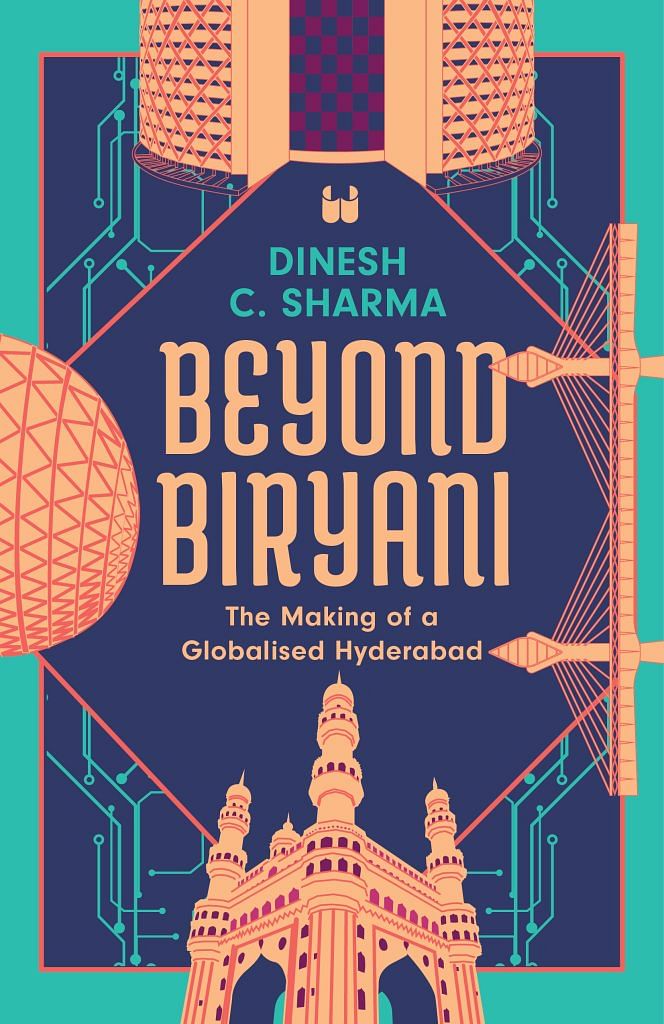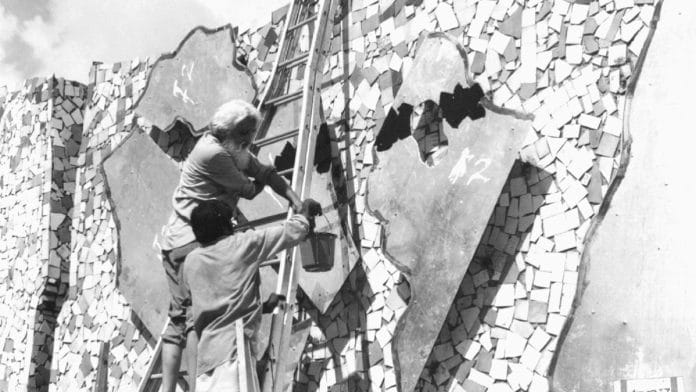It was the moment that Pushpa Mitra Bhargava had waited for nearly two decades. CSIR Director Y Nayudamma offered him a large piece of land in the nearby NGRI but Bhargava opted for a smaller area within the RRL premises so that common facilities like the library, workshops and so on could be shared until a new building came up. The creation of the Centre for Cellular and Molecular Biology (CCMB) settled a long-drawn question about the relevance of cellular and molecular biology in a chemical technology laboratory. It paved the way for more such centres devoted to modern biology like the National Institute of Immunology (NII) led by G.P. Talwar in Delhi in 1981 and the National Centre for Biological Sciences (NCBS) under Obaid Siddiqui in Bangalore in 1991.
Having been an active participant in the building of Regional Research Laboratory (RRL) under the leadership of RRL founder Syed Husain Zaheer in the 1950s, Bhargava had imbibed certain core values of pursuing scientific research from his mentor. Both believed in the social function of science, developing an intellectual and creative environment for research, attracting and nurturing young scientists, actively encouraging multidisciplinary interactions and fusion of science with art. Bhargava believed that ‘science and art are related, inter-dependent and are two sides of the same coin—creativity.’ He pursued this by providing opportunities at CCMB for scientists and creative people (artists, musicians, social scientists and writers) to share their thoughts and creative pursuits, and explore common ground. This went beyond mere acts of patronage like hosting an occasional painting show or music concert.
Bhargava introduced several novel elements in the functioning of CCMB while it operated from a few rooms in RRL. Room 240 represented the new culture—tea and coffee were available in this room which scientists were free to visit any time. They could interact with a colleague and discuss research problems by making use of blackboards kept there. Bhargava believed that research was not a ‘9 to 5’ job. Researchers were not supposed to sign attendance registers; their performance was judged by their research output. Unlike the strict division of work and hierarchies in RRL, CCMB did not have watertight compartments. People were encouraged to address each other by their first names. All this may sound normal in the present times, but it was quite unconventional for a government laboratory in the 1970s.
As the new building for CCMB was coming up, Bhargava wanted to incorporate all these elements into its basic design. His thinking was somewhat influenced by Frank Lloyd Wright who propagated the ‘form follows function’ approach. Bhargava had been exposed to several Wright buildings in Wisconsin as a young post-doc there. The house of his research mentor Charles Heidelberger, where he stayed for some time, was also designed by Wright. Taking cue from that, in CCMB, Bhargava emphasised aesthetics and cost-effectiveness, along with functionality. Three wings of the new buildings had identical designs and at the end of each floor, a common instrumentation facility was built with deep storage, centrifuges, shakers and so on, needed for molecular biology research. Anyone from any research group could use these facilities that were open around the clock.
The plot of land given to CCMB had a tennis practice wall that Bhargava decided not to pull down. When M.F. Husain, a frequent visitor to RRL and a friend of Bhargava, saw the wall, he offered to paint a mural on it. Once the building was ready, Husain was like an ‘artist-in-residence’. Room number 9 in the guest house was reserved for him. He could stay there whenever he wished, for any length of time. Husain made some of his early paintings of the Mother Teresa series during his extended stays in CCMB.
The main building had a sunken court which served as an art gallery and a public place for holding music concerts. Hyderabad artist Surya Prakash was later appointed as ‘artist-in-residence’ and the lab regularly hosted art camps. Li Yan, called the Picasso of China, too spent a month at CCMB as the ‘artist-in-residence’. The tradition of art displays in the ground floor foyer has been kept alive all these years.
‘The laboratory complex resembles a queen’s abode with rock gardens, flower pots, paintings and colour-matched curtains, and coffee machines on each floor as well as a “gardened terrace” that can hold parties for 1,000 and a guesthouse with 32 air-conditioned rooms,’ reported the news agency Press Trust of India (PTI). Scientists from other labs sarcastically referred to the new building as ‘Pushpa Sheraton’ after the well-known international hotel chain. In scientific circles, CCMB was often called a ‘five-star’ laboratory.
‘Bhargava saw science as a creative pursuit because you are taking a path where nobody had gone before; you are pushing the boundaries. Art is also an expression of the struggle and thoughts taking place in the minds of artists. The sunken court (in CCMB) was like Room 240 in the RRL building—a place for informal conversations and creative thinking across disciplines,’ recalled Chandana Chakrabarti, Bhargava’s long-time associate. The idea behind creating an aesthetic workplace was also to inculcate a sense of belonging among researchers. The lab was built as a place that inspired and motivated its occupants.
 This excerpt from Beyond Biryani: The Making of a Globalised Hyderabad by Dinesh C Sharma has been published with permission from Westland Books.
This excerpt from Beyond Biryani: The Making of a Globalised Hyderabad by Dinesh C Sharma has been published with permission from Westland Books.






